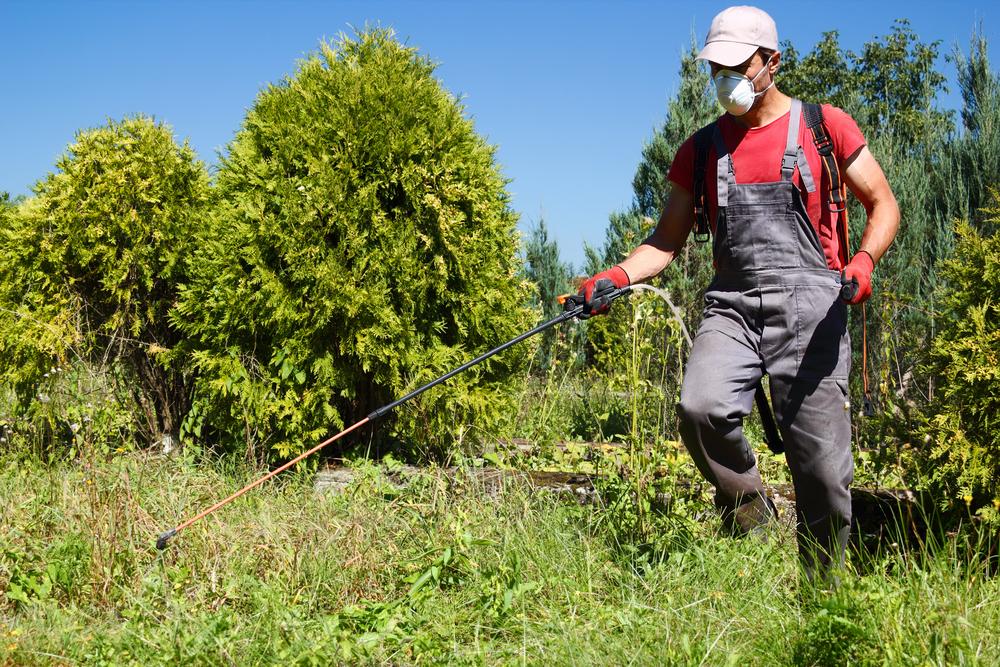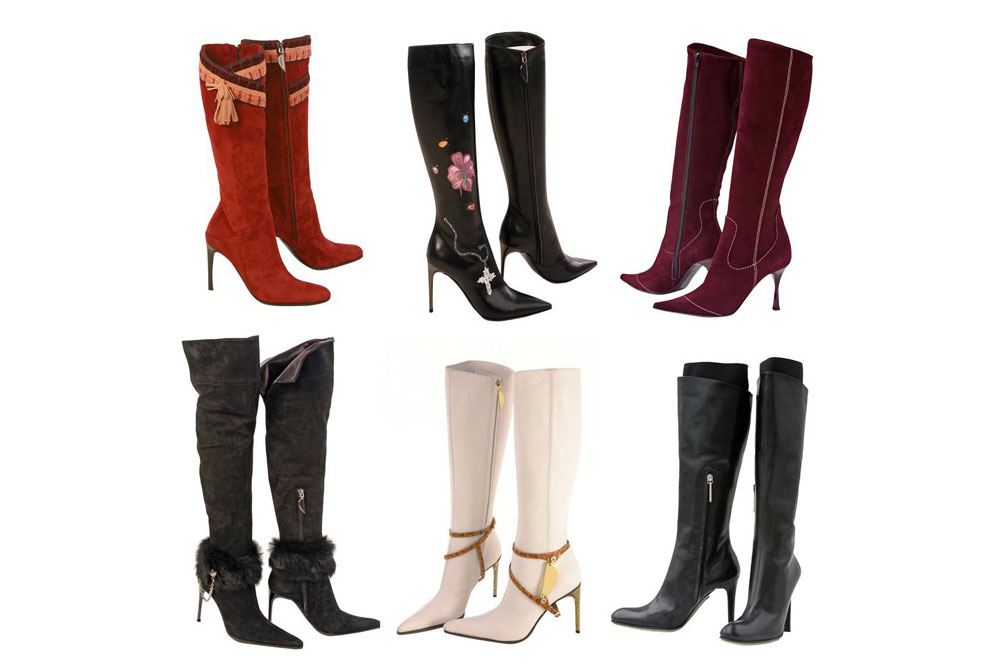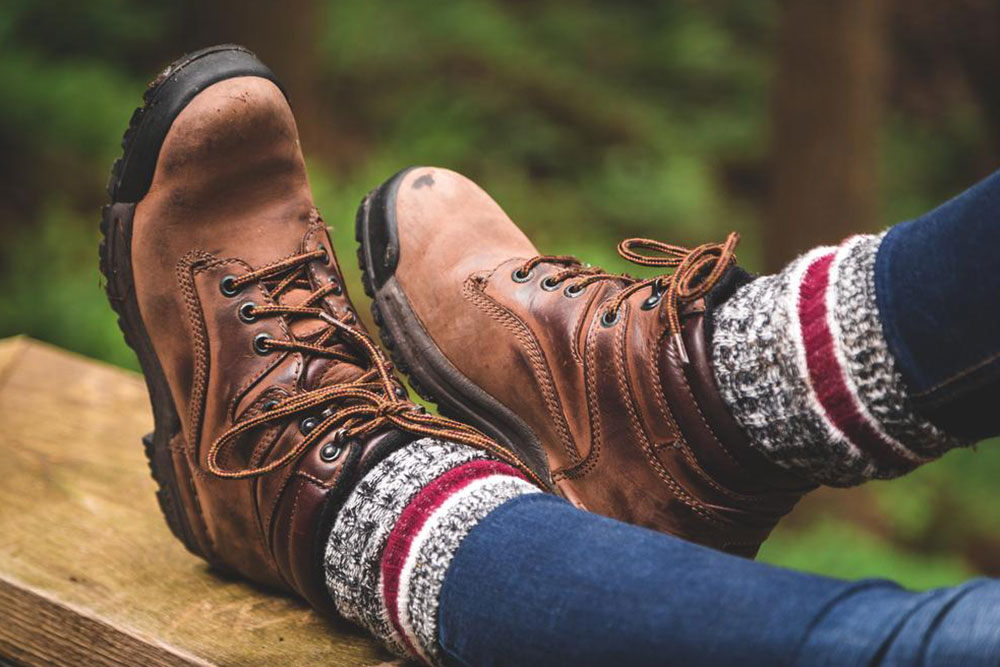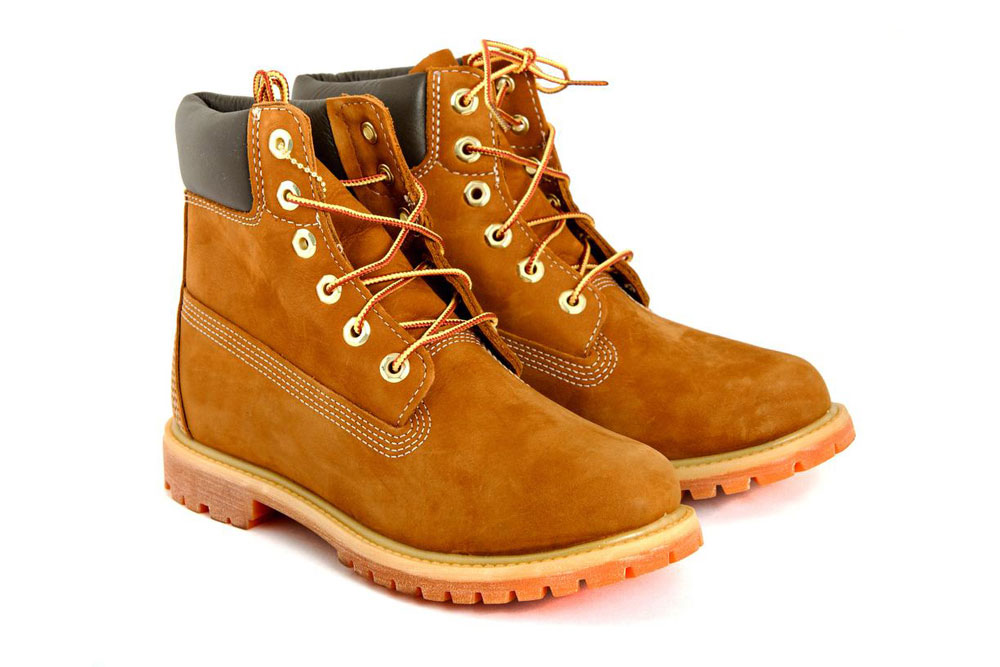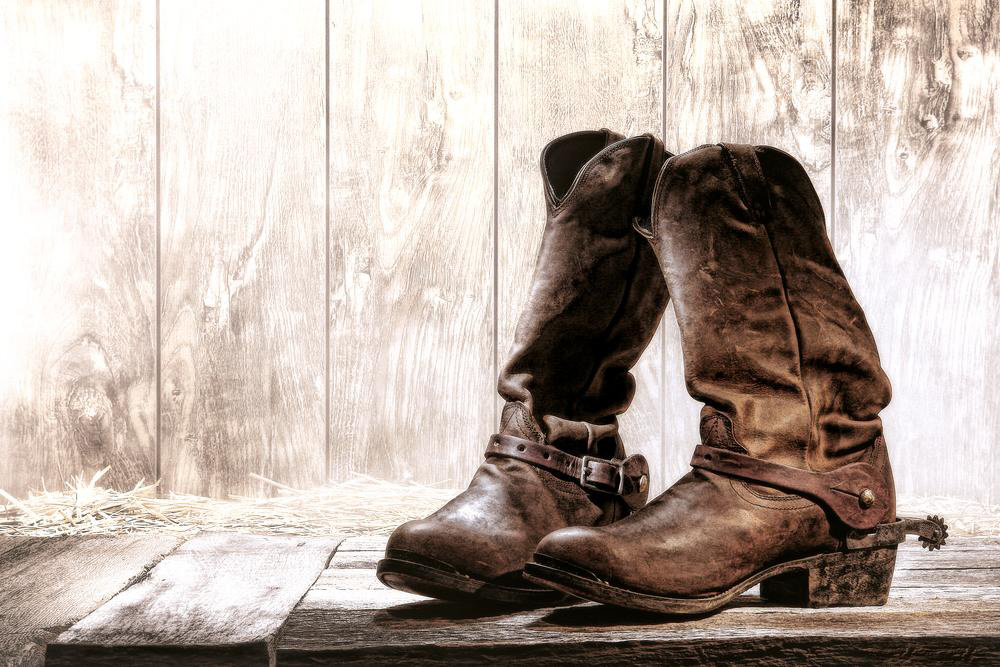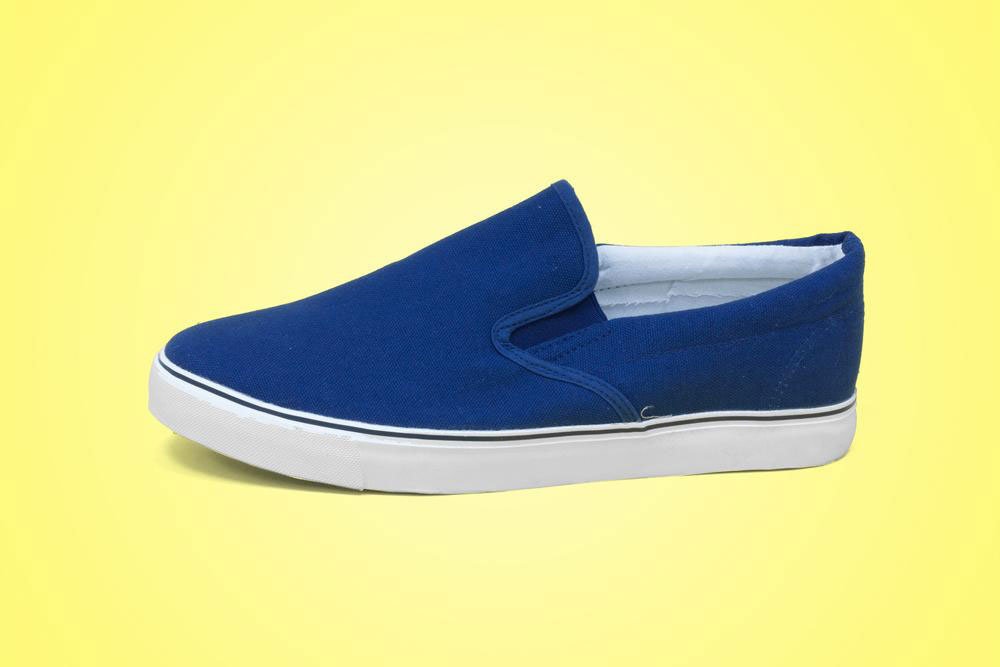Beginner's Guide to Choosing the Perfect Workwear for DIY Projects
A comprehensive beginner's guide to selecting the right workwear for DIY projects. Learn about safety gear essentials, from boots and pants to hats and gloves, to ensure a safe, comfortable, and effective DIY experience. Tips focus on durability, protection, and practicality to help amateurs gear up confidently for any home improvement task.

Beginner's Guide to Choosing the Perfect Workwear for DIY Projects
If you're planning to embark on DIY home improvement or repair tasks, having the correct work attire is essential. Proper workwear ensures safety, comfort, and practicality during your projects. Wearing inappropriate clothes can lead to accidents or damage to your clothing. Investing in durable, well-fitting work gear is a wise safety measure that also boosts confidence and efficiency.
Here are some key items to consider when selecting your DIY work wardrobe.
Work boots: Choose sturdy boots with good traction and comfort. A 6-inch boot provides ample support and flexibility. Look for composite toes and full-grain leather for optimal protection and durability, surpassing fancier alternatives with unnecessary features.
Work pants: Prioritize functionality over style. Seek pants with extra pockets, reinforced knees, rugged buttons, and flame-resistant fabrics. Removable knee pads and external cargo pockets enhance practicality for various tasks.
Work shirts: Breathable cotton T-shirts are suitable, especially in lighter colors to reflect heat. Choose moisture-wicking, heavy-knit shirts for added durability. Avoid loose-fitting designs that can snag or get caught in tools or paint.
Work hats: To shield yourself from the sun, opt for baseball caps or wide-brimmed cotton hats with neck flaps for maximum protection. For head safety, especially in areas with falling objects or bumps, invest in a sturdy hard hat.
Work gloves: Durable leather or denim gloves provide essential protection. Ensure a snug fit and wrist security for better dexterity and safety.
Outerwear: Suitable seasonal outerwear is vital. For cold weather, select insulated coats or vests that allow movement. Water-resistant gear is important for wet conditions. Proper outerwear protects without hindering mobility.

